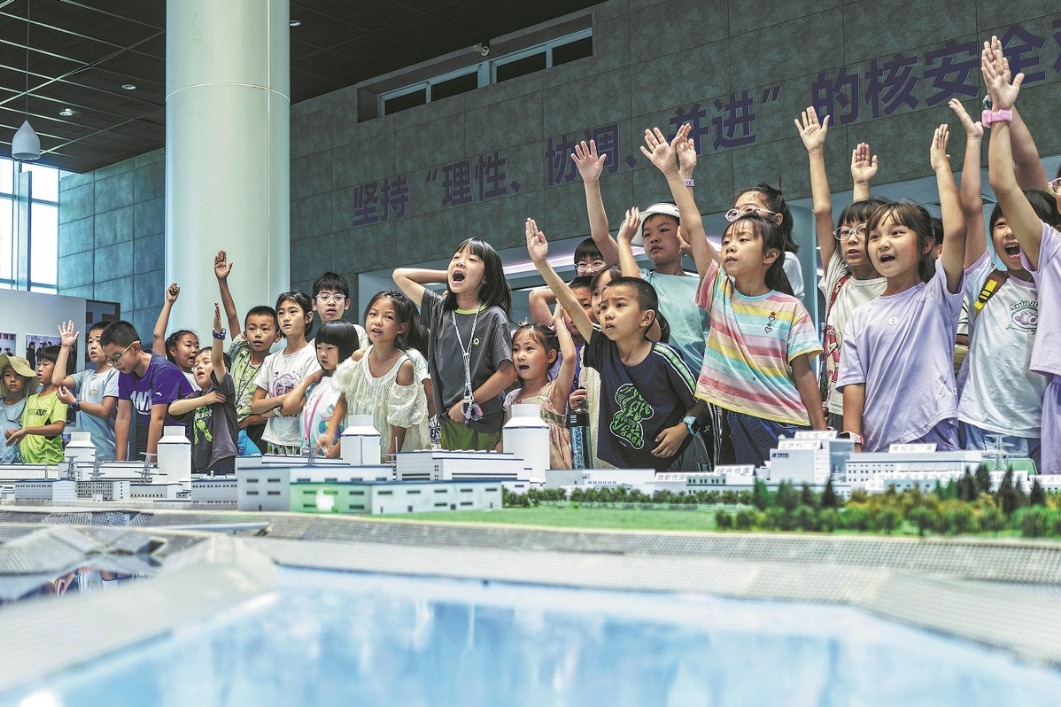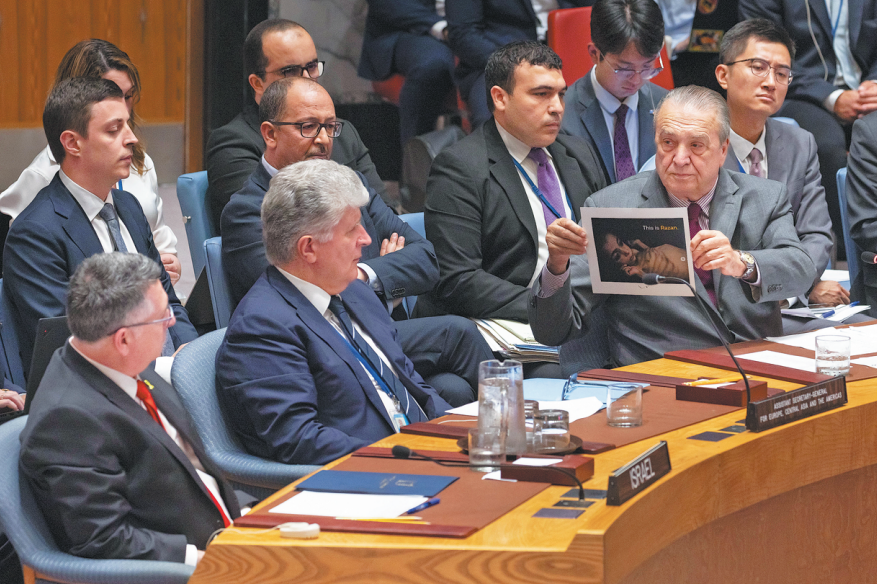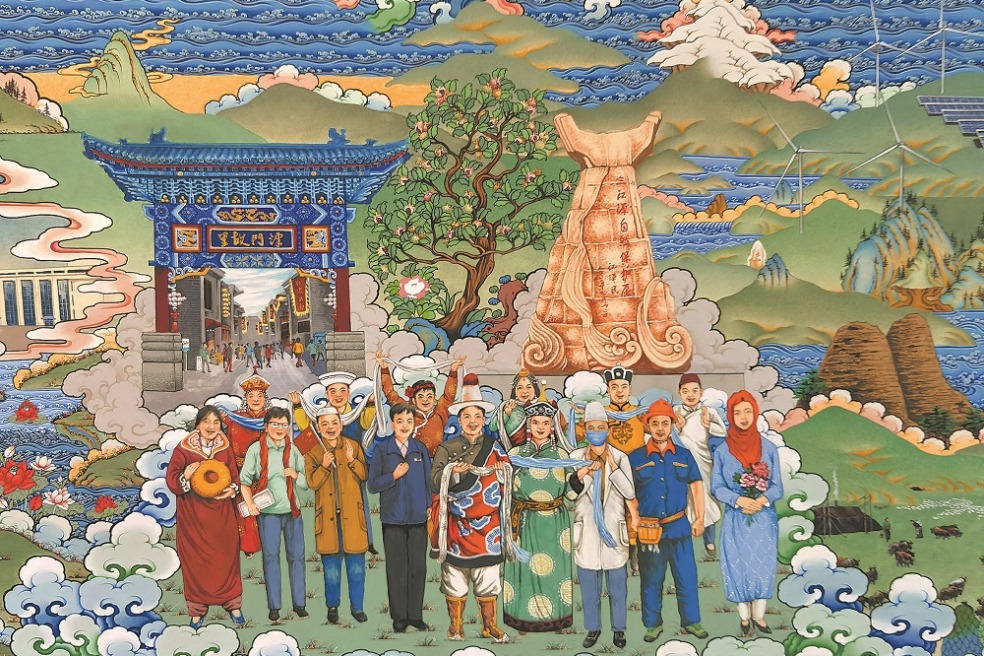Seeking the artistic high ground
Painter's love and admiration evident in his work on the plateau, Lin Qi reports.

Pride and pressure were what Li Xiaoke (1944-2021) lived with as a second-generation artist in his family — his father was Li Keran (1907-89), one of the country's most prominent ink artists in the 20th century.
For years, Li Xiaoke observed his father at work, assisted him to exhibit, and accompanied him to social activities.
He saw how much his father was admired, for the creativity and reforms he injected in the field of Chinese painting. He wanted to find his own path to art which would free him from the influence of his father.
It was in the expansiveness and divinity of the Qinghai-Tibet Plateau that he felt empowered. The distinctive views of nature and the Tibetan culture motivated him to create.
Since the late 1980s until he died, Li Xiaoke traveled frequently to the areas inhabited by the Tibetan ethnic group, such as the Xizang autonomous region and Qinghai, Gansu and Yunnan provinces.
He photographed, sketched, painted and made prints, in which "he celebrated his deep love and admiration of nature, the culture and people of the land", says Liu Ying, wife of Li Xiaoke and chairperson of the Li Keran Art Foundation.
She describes his investment in the body of works as "a form of performance art, an exuberance of his feelings for the place".
Traveling to the Tibetan highland dozens of times, Li Xiaoke once said: "I've tried to go closer, and closer. But she is always at a distance. She is ever-changing; she means eternity."
I Try to Go Closer, but She Is Always Far Far Away is the title of an exhibition showing Li Xiaoke's silk screen prints themed on Tibetan areas, running at the art gallery of Li Keran Art Foundation in Beijing until Feb 16.
It is a retrospective of how he built a link of intimacy with the high plateau for more than three decades, not only physically, but also one deeply rooted in his heart and mind.
His first journey took place in August 1988, which led him to the source of the Yellow River, in the hinterland of Qinghai province.
He arrived there a man ambitious, daring and seeking to excel. As he traveled more times, and farther, his desire to celebrate the area's striking beauty, breadth and genuineness intensified.
"The land and people helped me reach the origin of life, … igniting for me a road to a spiritual haven," he said.
The reasons that kept bringing him back to the highland are illustrated in his works — "the unique geographic landscapes, the monasteries that exhibit impeccable aesthetics, the striking relic sites, the glamorous murals … Their existence exceeds other things."
They, a work on show, is nearly 2.3 meters in length. It depicts a group of pilgrims Li Xiaoke met at the Potala Palace in Lhasa, capital of the Xizang autonomous region, in March 2011.
He was told by the group that they set out from the Garze Tibetan autonomous prefecture, in Sichuan province, in October of the previous year. "I was touched by their determination to endure the cold and hardships along the way for about six months," he said.
When he made the print, he put the image of himself into it, among the pilgrims, "for we shared utter sincerity, and we had to overcome the same when pursuing our goals".
Wu Changjiang, a veteran printmaking artist, says Li Xiaoke was also an avid supporter of Tibetan art; he, together with the foundation, organized exhibitions for artists based in the Tibetan areas.
Wang Mingming, a family friend and former head of Beijing Fine Art Academy, says the journeys pacified the heart of Li Xiaoke, purified his mind and elevated his art to a realm where he found peace and truth.
"His language of art evolved. His personality — simple, passionate and open-minded — remained the same."
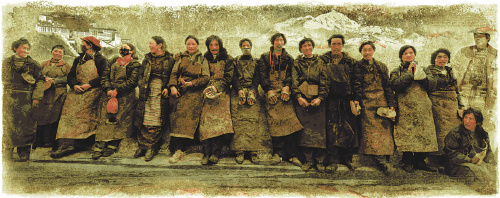
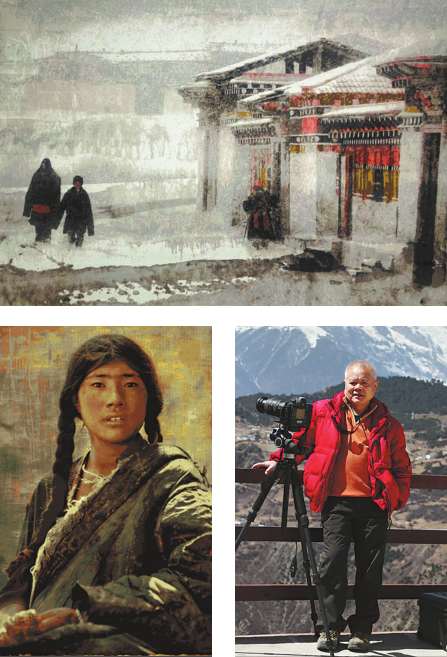
Today's Top News
- 25-yuan roast duck reflects progress of rural vitalization
- Xi set stage for rise of cultural powerhouse
- Reciprocity in US-led global trade an illusion
- AI 'waifus' pose grave emotional risks
- Hong Kong advances as global asset management hub
- Chili peppers every day can keep the doctor away

















